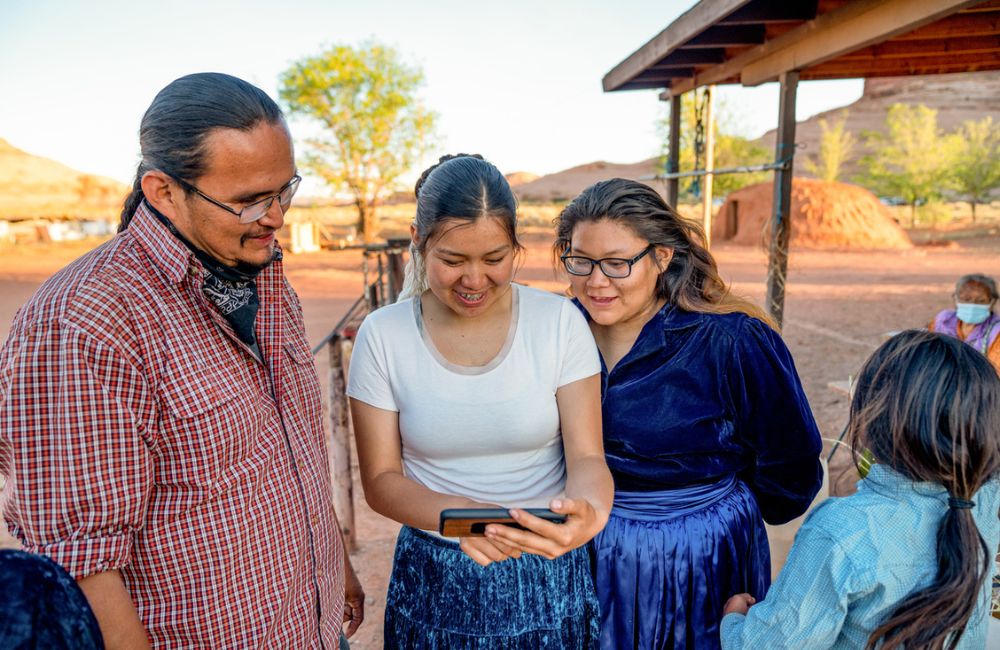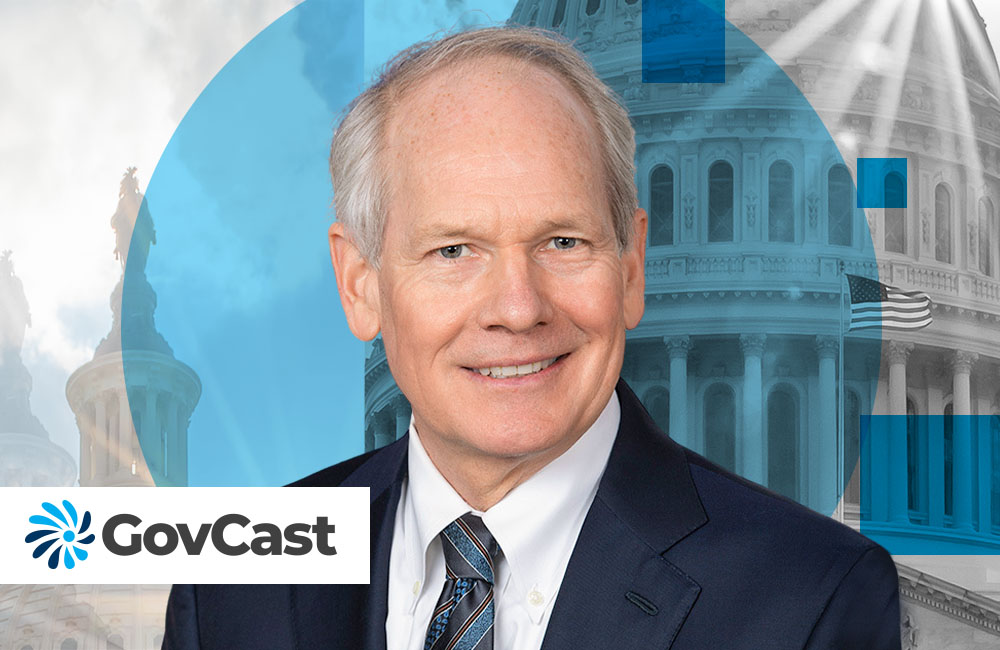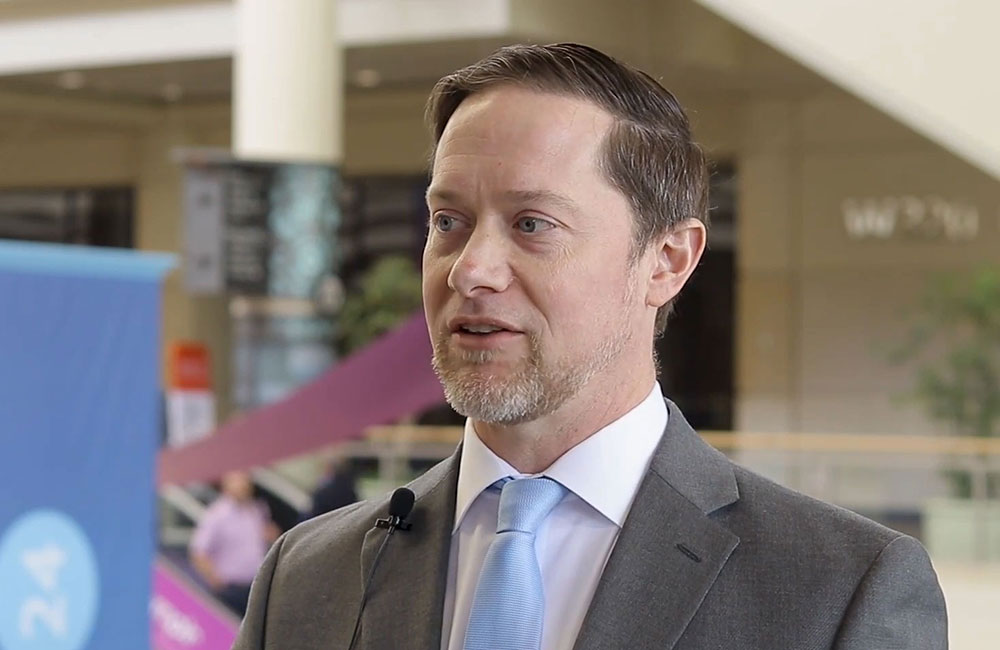COVID-19 Relief Bills Improved IHS Telehealth, EHR Modernization
IHS’s acting director spoke on the current state and future needs of the agency as Congress considers the FY 2022 budget.

The Indian Health Service is using CARES Act and American Rescue Plan aid to push forward with its health IT modernization efforts and COVID-19 response, especially with vaccinations as the IHS has administered 1.6 million doses, IHS Acting Director Elizabeth Fowler said before the Senate Appropriations Committee Wednesday.
The CARES Act and American Rescue Plan gave IHS a combined $9 billion to prepare for and respond to COVID-19, including vaccine administration, public health surveillance, expansion of telehealth infrastructure and more, Fowler said before the committee’s Subcommittee on Interior, Environment, and Related Agencies.
“We’ve developed the COVID-19 data surveillance system and the IHS COVID-19 website to share public health information, as well as important COVID-19 vaccine informations and updates,” Fowler said. “The IHS national supply service center distributed over 84 million units of personal protective equipment and other coronavirus response related products to IHS tribal and urban Indian health programs at no cost, including 2.6 million testing swabs and transport media. IHS dramatically increased our use of telehealth from an average of 1300 visits per month in early 2020 to a peak of over 40,000 visits per month in June and July of that year.”
Supplemental COVID-19 relief funding and loosened regulations about telehealth reimbursements enabled IHS to expand its provision of virtual health and behavioral health visits, Fowler added.
Initially, the focus on telehealth was to give IHS hospitals the ability to do remote specialty acute consultative services, but Fowler added that IHS’s later goal was to provide specialists and the constituent community the technology and broadband infrastructure needed to access telehealth. Senators in the hearing emphasized the need for broadband infrastructure funding in the upcoming budget as a result.
The digital health push at IHS also highlighted the need to reinforce the agency’s health IT, especially the electronic health record modernization initiative at the agency. Fowler wrote in her testimony that the legacy EHR created “significant barriers to the rapid response needed for COVID-19.”
“This experience has validated and reinforced IHS’ commitment to the modernization of our EHR system and health information technology infrastructure,” Fowler stated. “The funding for EHR modernization provided by Congress in the CARES Act, the FY2021 appropriation, and the American Rescue Plan Act will allow us to proceed with the foundational steps in this important multi-year effort.”
With $65 million from the CARES Act and $140 million from the American Rescue Plan provided to modernize IHS’s EHR, Fowler said that her agency was able to launch an effort to provide IHS a better EHR system.
With that funding, IHS performed an initial tribal consultation over the last year and just stood up a project management office. Over the next few months, this office will start an acquisition strategy process for the EHR.
Sen. Jon Tester, who chairs the Senate Veterans Affairs Committee, recommended that because there are a number of American Indians who are also veterans, it is critical for IHS to choose an EHR solution that is interoperable with the VA’s Cerner platform.
“I would recommend that you make sure that whoever you pick, they can communicate with Cerner and others,” Tester said. “Make sure that’s the case. There are a lot of veterans that are Native Americans, and this information needs to be transferred and transferred smoothly. If we have silos of electronic medical records, we have not done justice to anybody in this country, so we need to make sure that there is communication between those programs.”
As IHS continues to modernize its EHRs and health IT, the agency is moving forward with mission as well. Amid its 1.6 million vaccinations so far, IHS aims to have 44% of its adult patients vaccinated by the end of April. As of April 19, the agency had 37.9% of its patient population fully vaccinated.
Alongside its COVID-19 and health IT efforts, IHS is also seeking in the incoming federal infrastructure bill support to build and modernize its water supply to Indian American communities, as lack of clean water access exacerbated COVID-19 spread in those populations.
Across all of these needs at IHS, the White House is looking to increase IHS’s budget by 36% from FY 2021 in the upcoming budget for FY 2022. This will increase IHS’s budget by $2.2 billion to a total of $8.5 billion.
This is a carousel with manually rotating slides. Use Next and Previous buttons to navigate or jump to a slide with the slide dots
-

CDC Updates Public Health Data Strategy
Accelerating data sharing through capabilities like electronic case reporting make up a large portion of the new two-year plan.
3m read -

How VA is Using Digital Services to Expand Care to Veterans
CIO Kurt DelBene says the the agency’s 2024 priorities included AI adoption, hiring and a better user experience for veterans.
30m listen -

How AI, Digital Transformation in Health Care Compare Around the World
HHS and EU officials contrasted the different frameworks for emerging technology and the challenges that remain.
4m read -

Health Agencies Tout Standards in Data Sharing, Interoperability
Officials from CMS, ONC and HHS spoke about data standards and how to help smaller health organizations make modernization progress.
3m read




